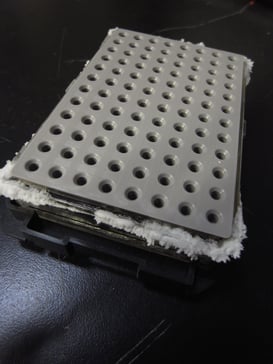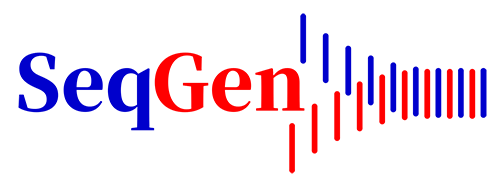 If your lab is like ours, you know that a week can come and go in the blink of an eye! You’re just minding your own business, running samples, and all of a sudden another week can be checked off the calendar. This isn’t a bad thing; you know the saying—time flies when you’re having fun! But that doesn’t mean you shouldn’t be taking care of your equipment in the meantime.
If your lab is like ours, you know that a week can come and go in the blink of an eye! You’re just minding your own business, running samples, and all of a sudden another week can be checked off the calendar. This isn’t a bad thing; you know the saying—time flies when you’re having fun! But that doesn’t mean you shouldn’t be taking care of your equipment in the meantime.
At the start of every week, there are a few procedures to perform to make sure that your machine is running at peak performance. Before you dive headfirst into your samples, it’s best to make sure you are starting with a clean slate, otherwise your machine could end up looking like this.
Before Every Run or Group of Runs:
Check the pump and connection tubes to ensure that all elements are free from leaks, bubbles or charring/fogging. If you do notice some bubbles, it’s best to perform “Bubble Remove Wizard”. If you see any other sort of visual contamination, you’ll want to perform a “Water Wash Wizard”.
On a Weekly Basis:
Using deionized water rinse the buffer, water, and waste reservoirs, as well as the buffer jar. Over the course of a week, buffer and polymer can dry on these parts leaving behind crystallized residue. Additionally, instruments that are left idle over the weekend may accumulate the dried residue. This may cause discrepancies in your sample runs due to less than optimal buffer concentration and levels.
After you have rinsed these parts, allow everything to air dry, then add fresh buffer and water into the appropriate reservoirs. Next, was the septa with de-ionized water and allow to air dry. It should be noted that this is recommended to go through this procedure weekly, unless you perform more than one run per day with your machine. Anything more than that, and it’s recommended that the buffer, water and waste reservoirs be cleaned every 2-3 days for optimal performance.
It is all right if you miss a week every now and then, but keep a close eye on these parts to prolong their life and ensure the accuracy of your results. With regular maintenance and a watchful eye, you can extend the life of your current machine and save your lab money in the process.
As always, if there’s something you come across that is driving you crazy, just give us a call. We’re always here to help! If you’re interested in some more DIY maintenance, download our capillary array wash procedure. This is your guide to extending the life of your capillary array and saving your lab boatloads of money at the same time. Get your copy now!


